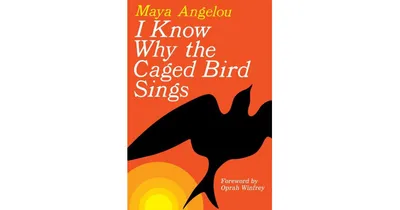Home
Why Sámi Sing: Knowing through Melodies Northern Norway
Loading Inventory...
Barnes and Noble
Why Sámi Sing: Knowing through Melodies Northern Norway
Current price: $160.00


Barnes and Noble
Why Sámi Sing: Knowing through Melodies Northern Norway
Current price: $160.00
Loading Inventory...
Size: Hardcover
*Product Information may vary - to confirm product availability, pricing, and additional information please contact Barnes and Noble
Why Sámi Sing
is an anthropological inquiry into a singing practice found among the Indigenous Sámi people, living in the northernmost part of Europe. It inquires how the performance of melodies, with or without lyrics, may be a way of altering perception, relating to human and non-human presences, or engaging with the past. According to its practitioners, the Sámi "yoik" is more than a musical repertoire made up by humans: it is a vocal power received from the environment, one that reveals its possibilities with parsimony through practice and experience. Following the propensity of Sámi singers to take melodies seriously and experiment with them, this book establishes a conversation between Indigenous and Western epistemologies and introduces the "yoik" as a way of knowing in its own right, with both convergences and divergences vis-à-vis academic ways of knowing. It will be of particular interest to scholars of anthropology, ethnomusicology, and Indigenous studies.
*
Honourable Mention - International Council for Traditions of Music and Dance Book Prize 2024
is an anthropological inquiry into a singing practice found among the Indigenous Sámi people, living in the northernmost part of Europe. It inquires how the performance of melodies, with or without lyrics, may be a way of altering perception, relating to human and non-human presences, or engaging with the past. According to its practitioners, the Sámi "yoik" is more than a musical repertoire made up by humans: it is a vocal power received from the environment, one that reveals its possibilities with parsimony through practice and experience. Following the propensity of Sámi singers to take melodies seriously and experiment with them, this book establishes a conversation between Indigenous and Western epistemologies and introduces the "yoik" as a way of knowing in its own right, with both convergences and divergences vis-à-vis academic ways of knowing. It will be of particular interest to scholars of anthropology, ethnomusicology, and Indigenous studies.
*
Honourable Mention - International Council for Traditions of Music and Dance Book Prize 2024

















